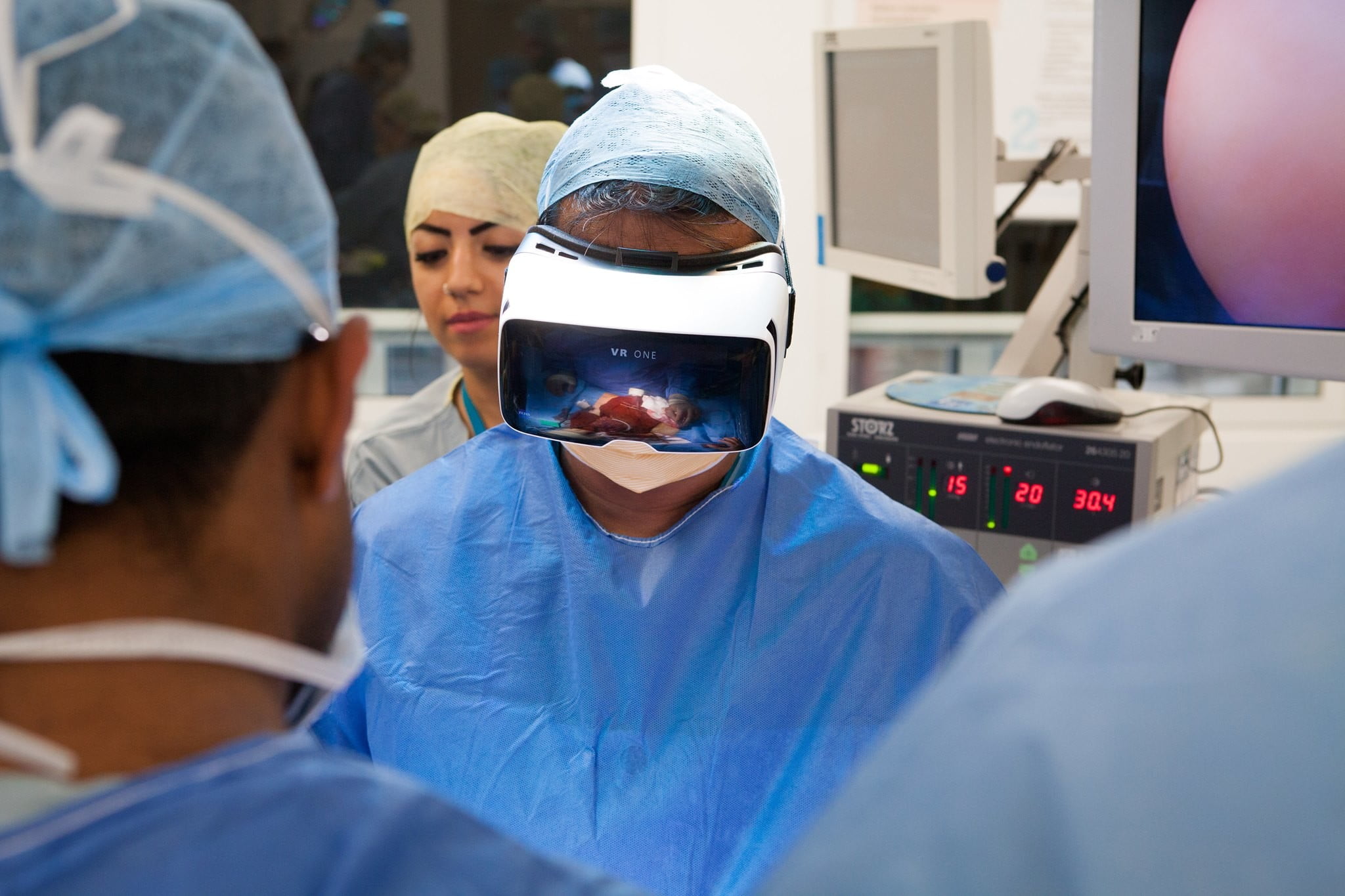Some hospitals are implementing virtual reality simulations to train Doctors and Nurses with expertise in other areas such as knee surgery or neurology and retired professionals reentering the medical field.
At Cedars-Sinai hospital in Los Angeles, more than 300 doctors have learned skills, such as how to assess a patient’s symptoms or perform CPR while wearing protective gear, through VR, according to CNN.
Doctors and Nurses are attending a variety of coronavirus-specific trainings right now. Some of the training includes how to correctly put on and take off protective equipment, how to utilize ventilators that are typically only used by critical care staff, learning new guidelines around concepts such as basic CPR and life support, and managing a diagnosis.
“We’ve found it very valuable to observe a [doctor’s thinking] process — and it’s all been done with social distancing,” said Russell Metcalfe-Smith, the director of the Women’s Guild Simulation Center for Advanced Clinical Skills at Cedars-Sinai Medical Center. “Because we can’t get large groups together right now, we’ve had to rely on technology like this to give the same experience and we’re grateful for that.”
Hospitals are using software from the startup Virti, which provides detailed feedback and metrics on which procedures medical professionals may need more practice with.
The company signed up 70,000 new users in the past three weeks across hospitals and universities in the US, UK and Israel.
“We wanted the exercises to embody what is happening in the real-world right now,” said Virti founder Dr. Alex Young. “One simulation puts the user alone in an isolation room, where they can see nurses and doctors come in and out, so they can get an idea of how scary it is for patients. It’s easy to forget the basics of communicating through the masks, so scenarios like this help with bedside manner.”
Before the pandemic, medical schools were using these tools to train the next generation of healthcare providers.


